HistoricPlacesLA Maps Los Angeles History
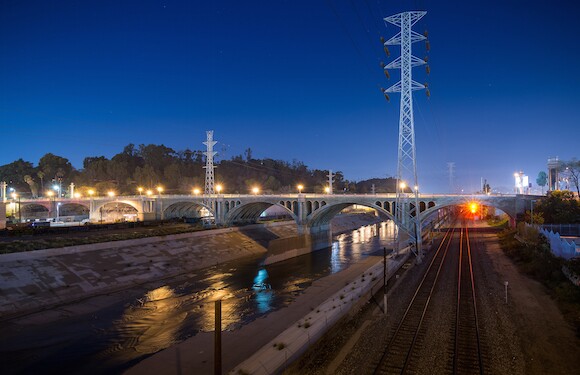
In the Tom Bradley Tower Room on the 26th floor of the iconic Los Angeles City Hall, representatives from Getty institutions, the entire Cultural Heritage Commission, the Executive Director of the Los Angeles Conservancy, and even Mayor Eric Garcetti himself were among those who celebrated the official launch of HistoricPlacesLA on Tuesday, February 24. The publicly accessible online repository and resources platform catalogs important and historically significant buildings, monuments, and other cultural sites across Los Angeles, and it's one of the country's most sophisticated inventory management systems for cultural resources to date.
The ongoing project began as a joint collaboration between the Getty Conservation Institute and the City of Los Angeles, with help from the Getty Foundation. According to the Director of the Getty Conservation Institute Tim Whalen, "HistoricPlacesLA is a culmination of a research project that started in the Getty Conservation Institute back in the year 2000. The project started with the belief that surveys of historic resources are a core of all cultural heritage management and protection." Up to that point, Whalen explained, a systematic survey of L.A.'s historic resources had not yet been implemented. Rather, different agencies such as the county, the city, and redevelopment agencies were conducting their own historic resource surveys "without much coordination or sharing of data."

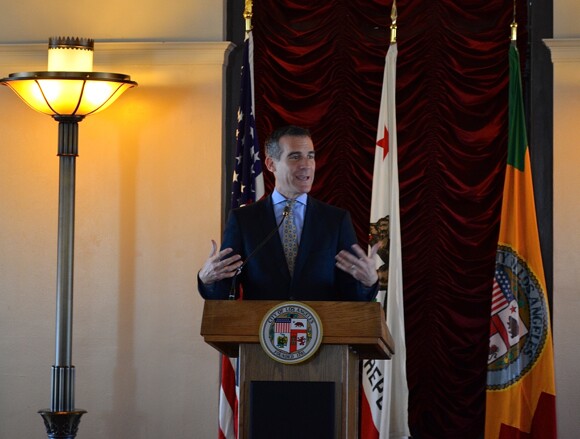


One of the interesting things the GCI discovered early on was that in 1962, Los Angeles enacted a Cultural Heritage Commission Ordinance, which addressed the need to survey and maintain historic properties across L.A. In this spirit, what began as the GCI's ambitious project eventually evolved into SurveyLA, which identifies culturally significant buildings, landscapes, and other places worthy of preservation. "With a matching grant from the Getty Foundation, the city launched the actual survey process in 2008," Whalen said.
Before 2010, only 15 percent of the city's historic resources had been surveyed. Since then, SurveyLA has been cataloging the other 85 percent, and it's about 75 percent complete, continuing to identify resources from approximately 1865 to 1980. Today, the findings in SurveyLA are just a part of what makes up HistoricPlacesLA, which also includes data from the city's list of cultural monuments, historic preservation overlay zones, and state and national historic places. It features about 25,000 historic resources, 1065 Los Angeles Historic Cultural Monuments, 430 historic districts, 300 sites designated by the National Register of Historic Places, and 29 Historic Preservation Overlay Zones.

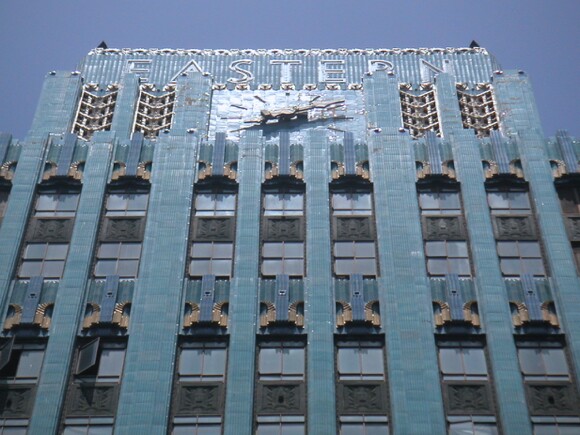
While the prospect of a dynamic project with such important implications is certainly exciting, it's important to remember that only data from the City of Los Angeles is included, which means users won't find anything on the site located in incorporated cities such as Burbank, Beverly Hills, and Santa Monica. Also, community plan areas for which SurveyLA data is included in HistoricPlacesLA only features about half of the city right now, the remaining half to be included in the future.
The locations of historically significant sites are publicly available through an open-source software management system for cultural heritage called Arches. According to Whalen, "HistoricPlacesLA is Arches' largest implementation to date."

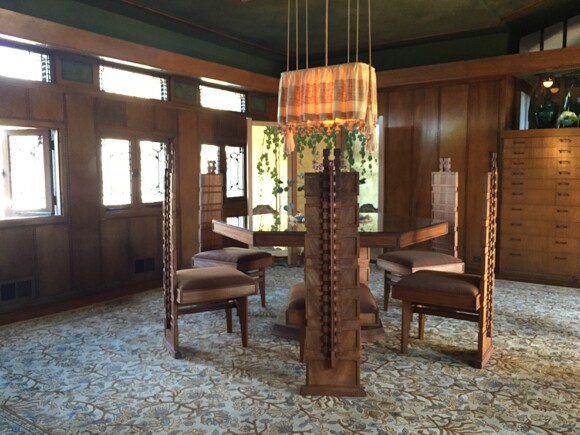
Principal Planner for the Policy Planning and Historic Resources Division of the Los Angeles Department of City Planning, Ken Bernstein said, "There's still a persistent and unfortunate myth about Los Angeles that you hear all too often, that we're a city that has little or no significant architecture and that just doesn't care about its past." He added that HistoricPlacesLA now dispels that myth, and is positive proof that Los Angeles has attained a maturity to fully take stock of its task to use its rich history and architecture as a guide to plan the future.
Bernstein discussed how HistoricPlacesLA will effect change on a civic level and described how high land values and lack of space is a threat to the city's heritage. He said it's because growth today often needs to happen with existing development, and the city should manage that change without losing its heritage. With this in mind, HistoricPlacesLA can be a tool for developers who need to asses risks if they propose demolition, and policy-makers who want to place plans to protect or divert growth to other areas. Bernstein pointed out how HistoricPlacesLA is a great resource for the Mayor's initiative on disaster preparedness, as well as for location managers and film directors who are looking to keep filming in Los Angeles and fuel the local economy. Bernstein also announced, "Our department staff and consultants are currently working on re:code LA, which is our first citywide attempt -- our first comprehensive attempt -- to rewrite our zoning codes since 1946, and the team working on re:code LA are using the survey data in this system."
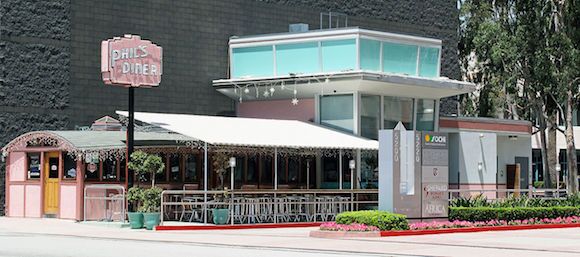
The succession of numerous speakers concluded with Mayor Eric Garcetti, who said, "LA is a city that's rich in history, but for too long, it's been torn down or it's been forgotten." He added that, thanks to the film industry, people so often recognize the city without ever having been here, and that it's important to inventory, map, and help protect the landmarks that exist within its bounds. "Let's end the notion that L.A. is a city that doesn't value its history. Let's just put that to rest here today," the Mayor resolved, ending with a wise directive for us all: "Breathe the city in and listen to it. It will talk to you. And today, we have a road map to finally listen to every word."
Dig this story? Sign up for our newsletter to get unique arts & culture stories and videos from across Southern California in your inbox. Also, follow Artbound on Facebook, Twitter, and Youtube.